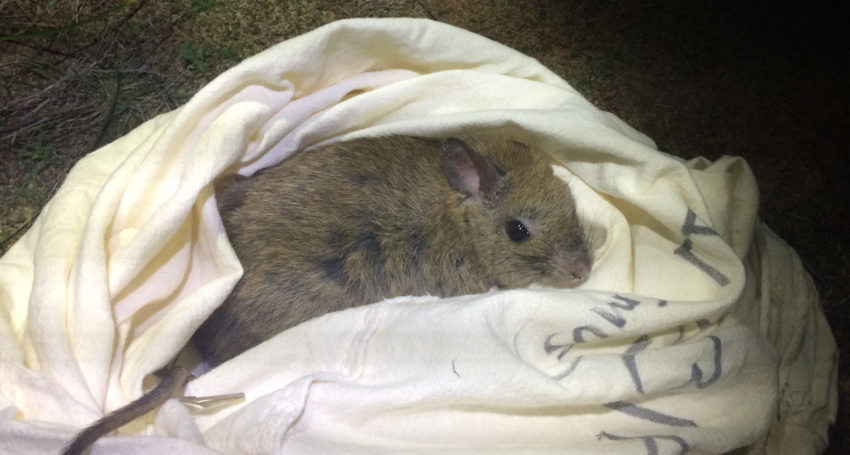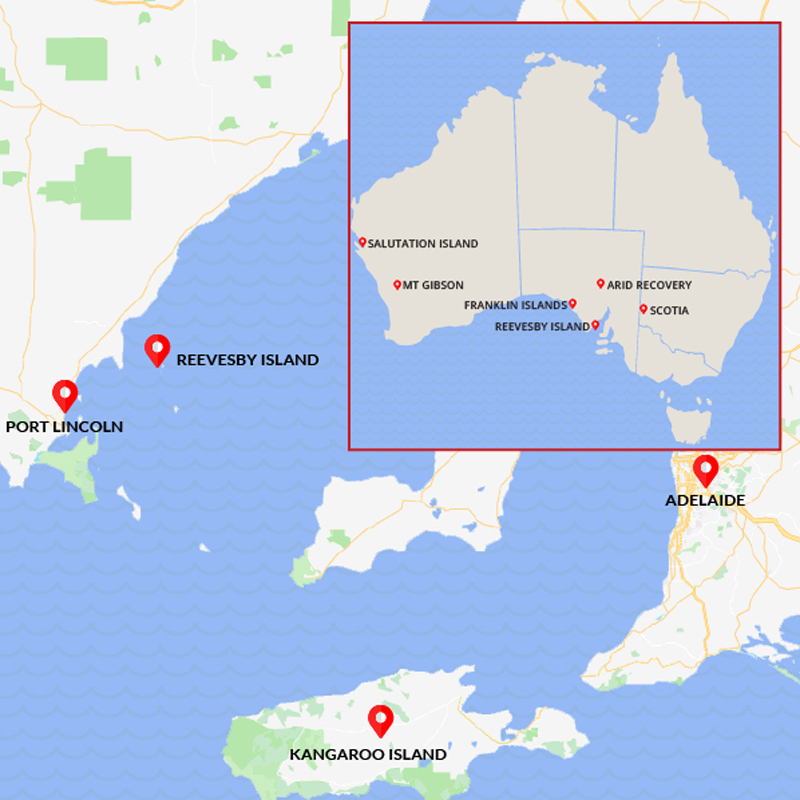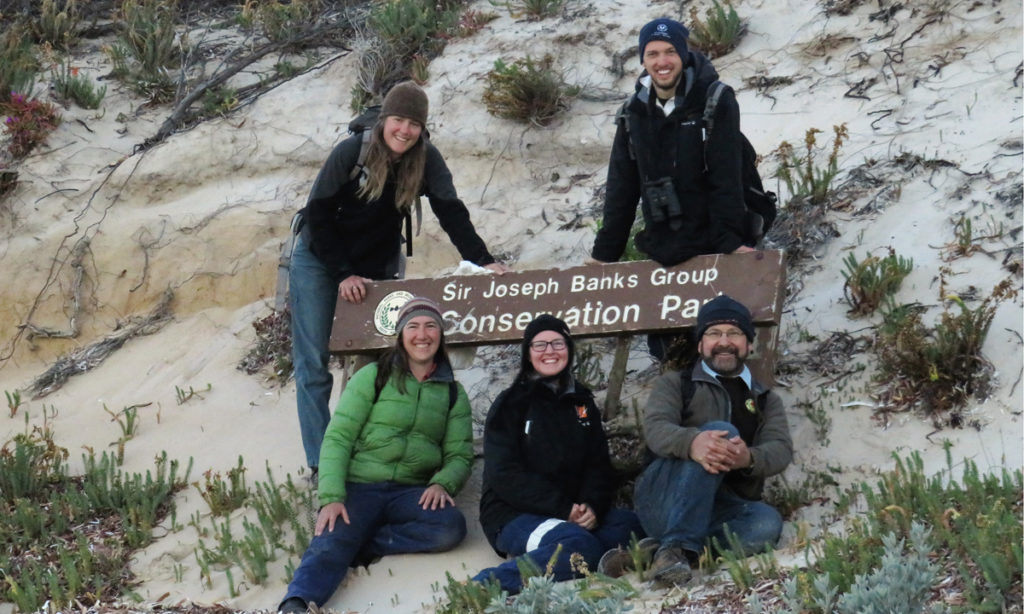Australian rat bounces back from brink of extinction
Education
The search for a vulnerable native Australian rat species thought to have died out on a remote island has found the species thriving and confirmed an unlikely revival that is gaining momentum across the country.

Sign up to receive notifications about new stories in this category.
Thank you for subscribing to story notifications.

The Greater Stick-Nest Rat, Leporillus conditor, was once abundant across semi-arid regions of southern Australia, including South Australia and parts of Western Australia and New South Wales.
However, competition for food from livestock and rabbits and the introduction of predators such as foxes and feral cats led to the Greater Stick-Nest Rat becoming extinct on the Australian mainland in the 1930s. Its cousin, the Lesser Stick-Nest Rat, is long extinct.
In 1985, conservationists began a captive breeding program using individuals from a surviving natural population of about 1000 rats living on the remote Franklin Islands off the far West Coast of South Australia.
The first of 101 of these captive-breed rats were released on the 400ha Reevesby Island, the largest in the Sir Joseph Banks group of islands in Spencer Gulf, once sheep and feral cats were removed from the island in 1990.
Greater Stick-Nest Rats from the breeding program were also used to populate St Peters Island, near the Franklin Islands, and Salutation Island in Western Australia.

The Reevesby population initially thrived and 100 of the rats were relocated to the Arid Recovery fenced reserve in Outback South Australia in 1998 and 1999. A further 100 were relocated to the fenced Scotia Wildlife Sanctuary in western New South Wales in 2006.
Little had been heard of the Reevesby Island rats for more than a decade until this year when the team at Arid Recovery was told that a recent reptile survey on the island found little evidence of the Stick-Nest Rat, sparking fears they had disappeared.
A team of ecologists including Stick-Nest Rat experts Peter Copley and Nathan Beerkens visited Reevesby Island in search of the rodents in September.
“We went there with the expectation that there might be none,” Beerkens said.
“We put out Elliott traps and we also went spotlighting and we were fortunate enough to catch 19 of them in a small area but there was evidence of them over the entire island.
“It’s hard to say how many animals there are there but it would be in the hundreds and they are going really, really well.”

The Reevesby Island survey team from left Georgie Neave, Kath Tuft, Melissa Jensen, Nathan Beerkens, Peter Copley. Picture: Melissa Jensen.
Stick-Nest Rats have a body length of 17-26cm, weigh up to 450 grams and have fluffy yellow-brow to grey fur, a blunt snout and large rounded ears.
They feed on leaves and fruit and as their name suggests, they build large nests up to six cubic metres in size from sticks that they glue together with their urine.
“They pass their nests on to their children who add their own sticks and the nests get bigger and bigger over the years,” Beerkens said.
“People have gone out to carbon date them and some of the nests you can still find out in the Outback are over 10,000 years old so they are very good builders.”
Reevesby Island was chosen after investigations by Peter Copley in the late 1980s found evidence of skeletal remains of the rodents.

A Greater Stick-Nest Rat nest on Reevesby Island. Picture: Nathan Beerkens.
Beerkens said despite the abundance of birds such as Cape Barren Geese and Storm Petrels and reptiles including death adders and black tiger snakes on the island there were few natural predators of the Stick-Nest Rat there.
“There’s a couple of barn owls living on the island and we found some of their nests and there were Stick-Nest Rat bones all over the place but they’ve been surviving there now for almost 30 years,” the Arid Recovery Field Ecologist and Community Co-ordinator said.
The Stick-Nest Rat population at Arid Recovery, a 123sq km fenced conservation reserve about 550km north of the South Australian capital Adelaide, is estimated at about 250.
The Australian Wildlife Conservancy, which runs the Scotia Wildlife Sanctuary, is also trialling a small population of Stick-Nest Rats in the fenced Mt Gibson sanctuary in Outback Western Australia.
Beerkens said the recovery of the Stick-Nest Rat from the brink of extinction 30 years ago had been amazing.
“The fact that we’ve been able to reintroduce this species from just two islands connected by a sandbar is a real success story as far as Australian conservation goes,” he said.
“Now that they’ve been spread around so much it really reduces their risk of extinction – it’s a major revival.”
The end goal of all this is to get them living outside of fences on mainland Australia again but that would take a lot of feral control and ecosystem restoration but that is the long-term goal.”
Jump to next article



